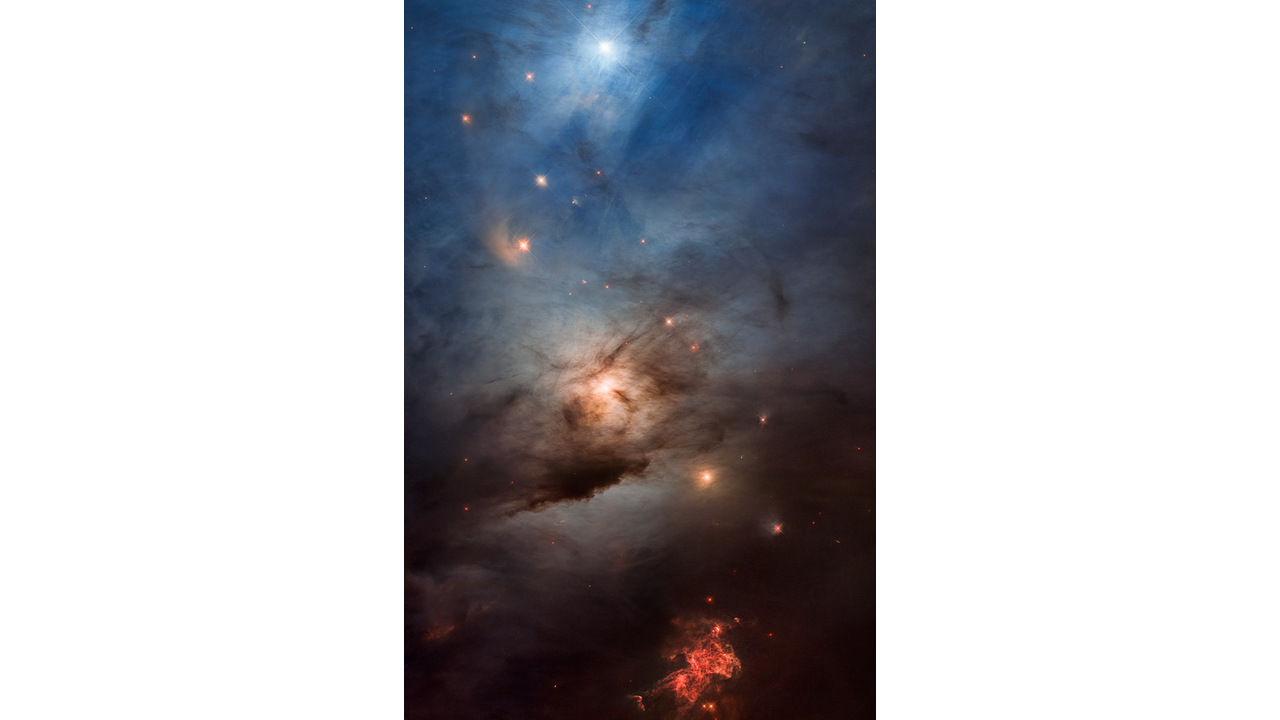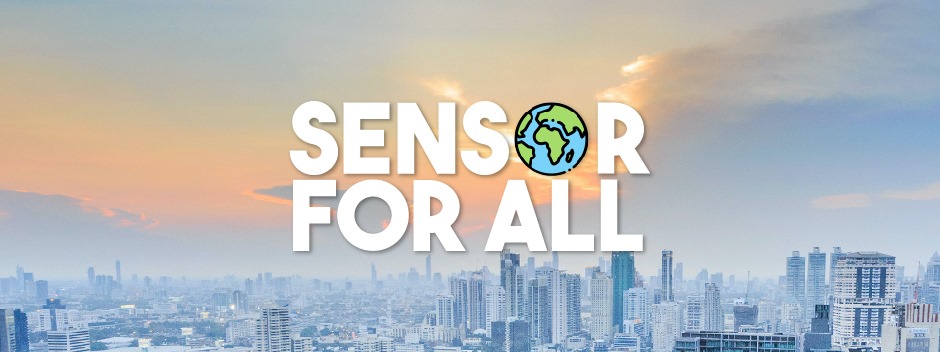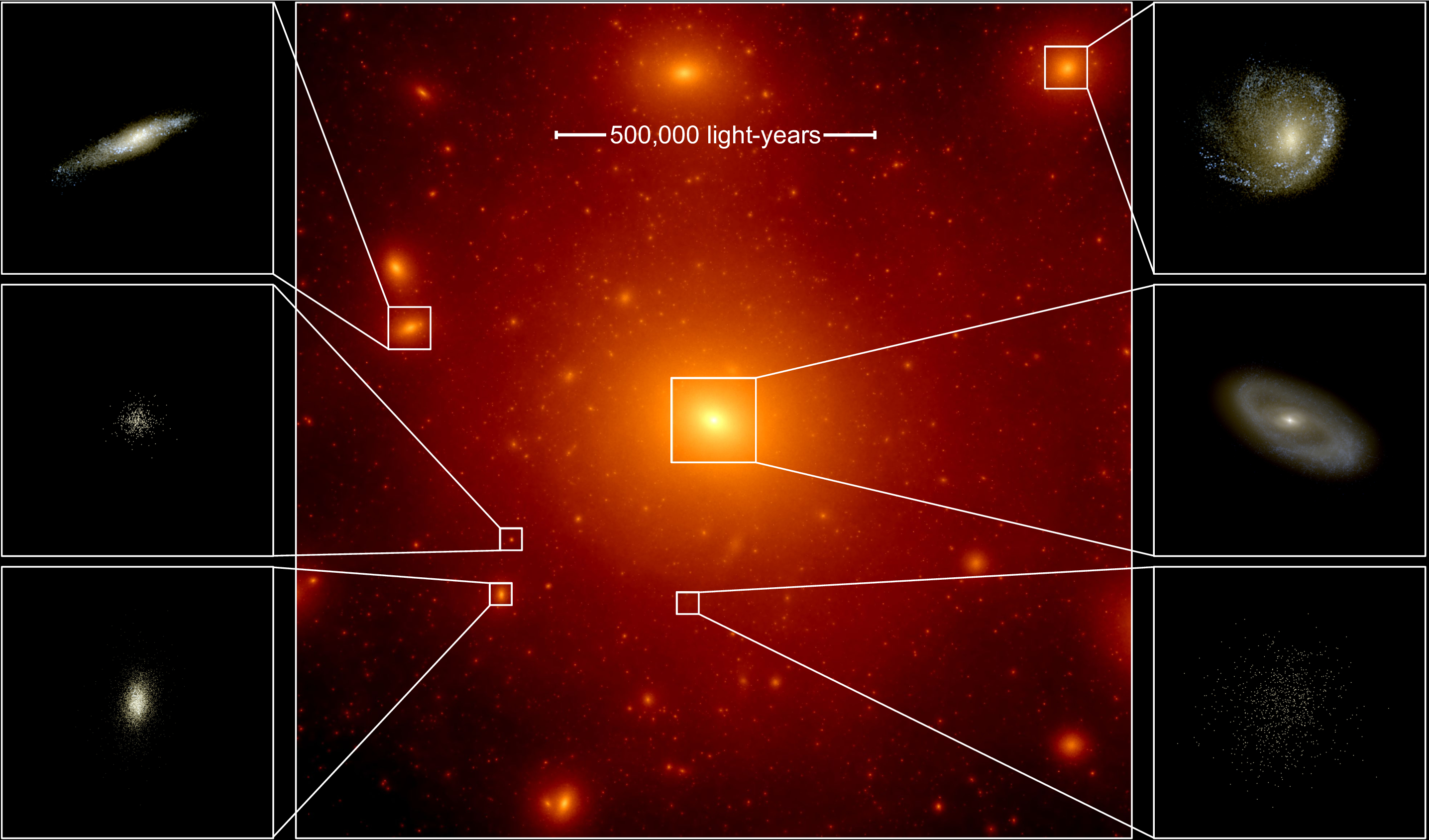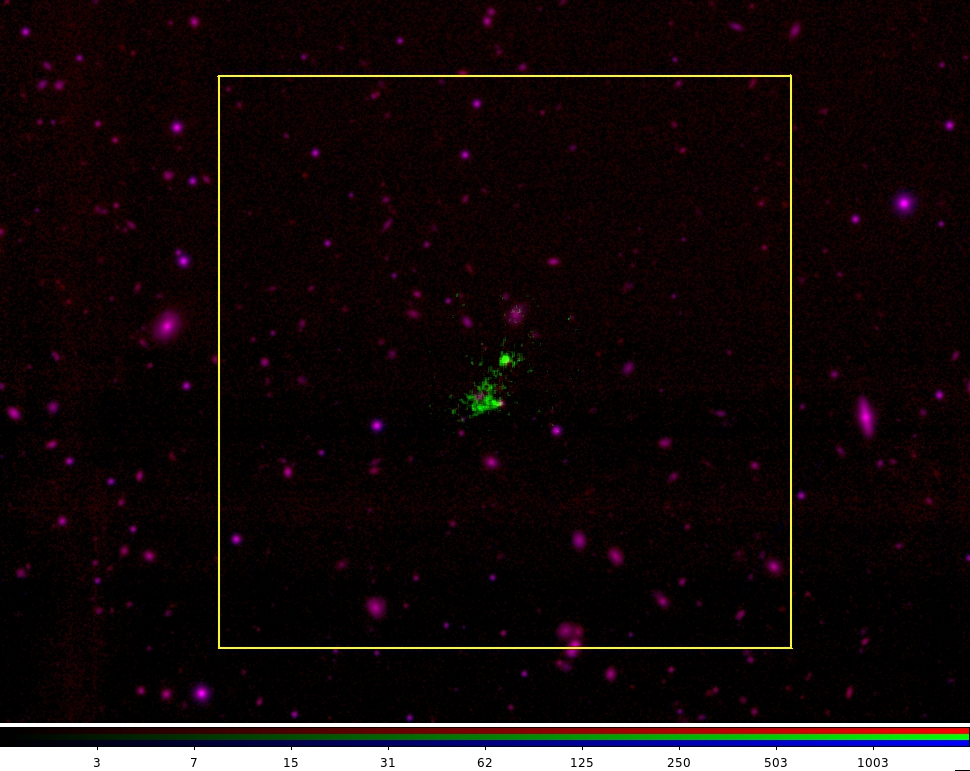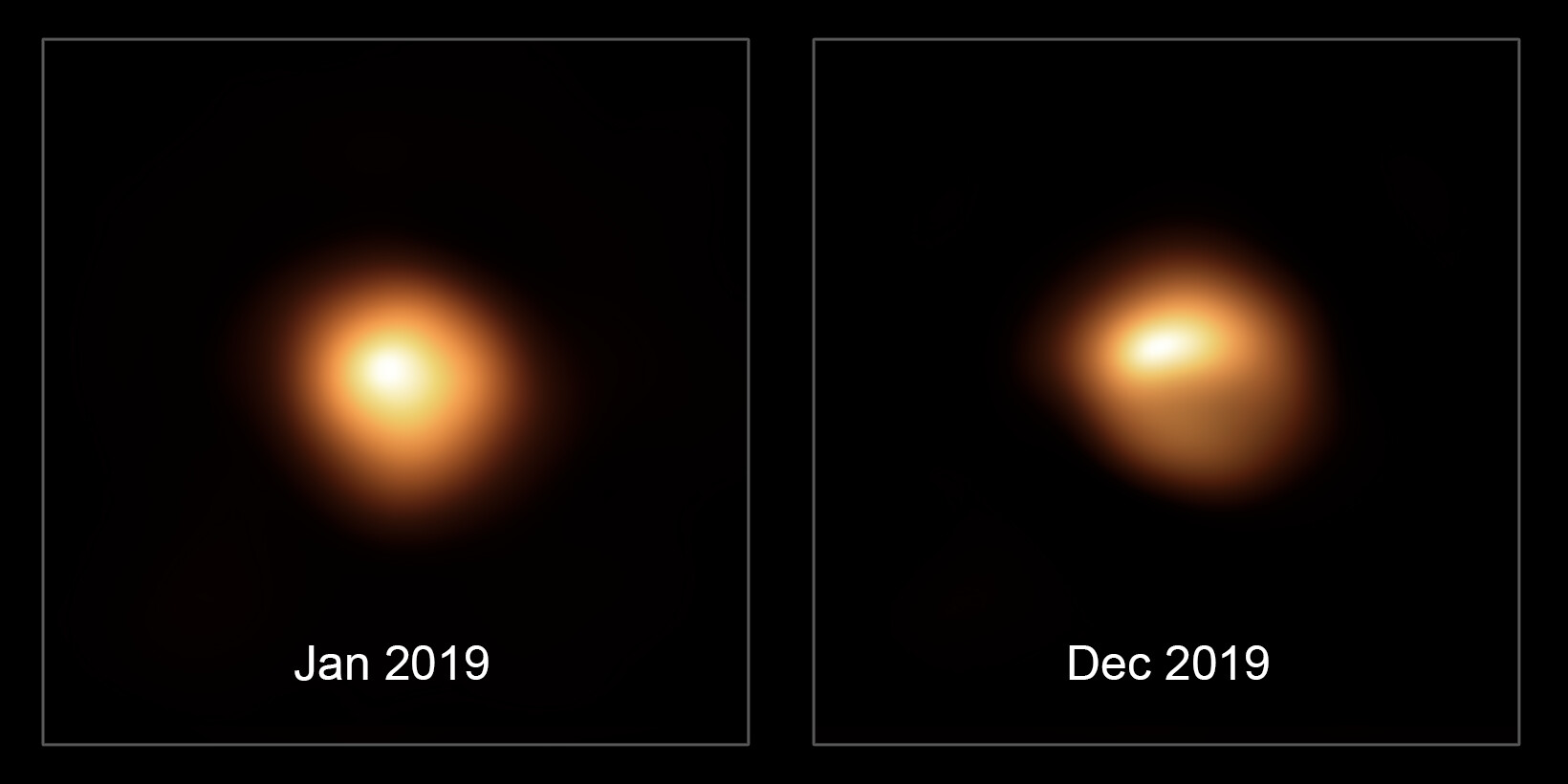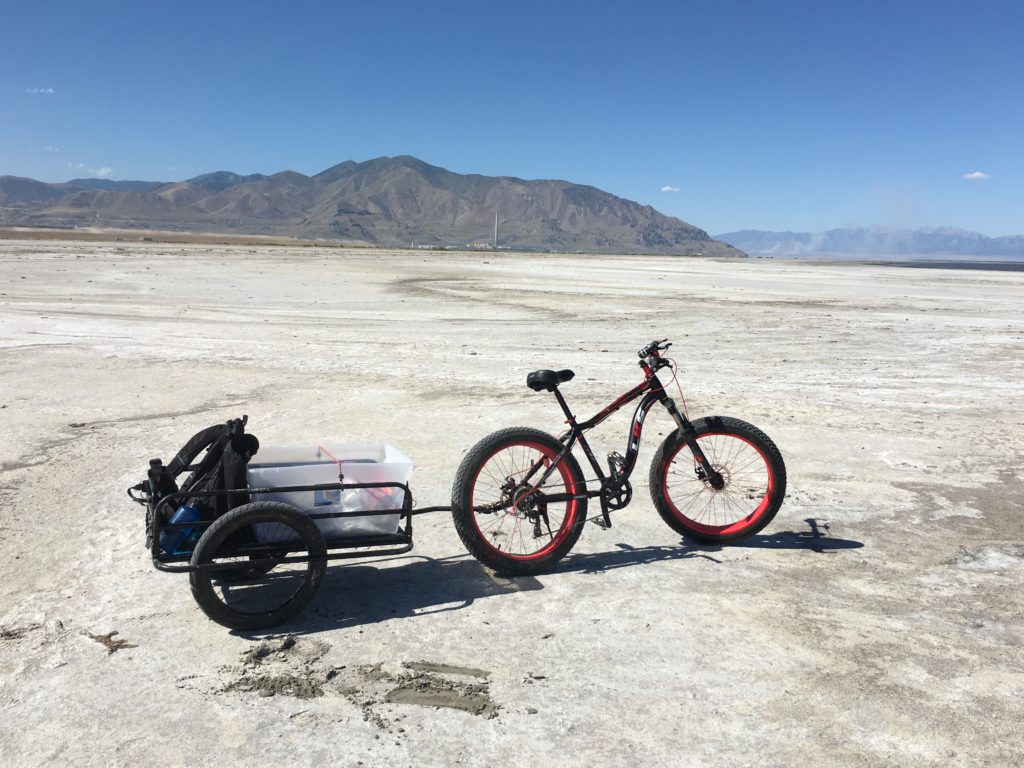Astronomers are celebrating the Hubble Space Telescope’s 33rd launch anniversary with an ethereal photo of the star-forming region NGC 1333. Hubble’s colorful view unveils an effervescent cauldron of glowing gasses and dust stirred up and blown around by several hundred newly forming stars embedded within the dark cloud.
